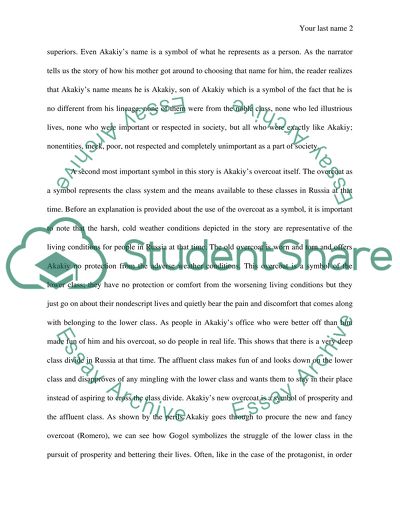Cite this document
(“Analyze the symbolism in Gogol's The Overcoat Essay”, n.d.)
Retrieved from https://studentshare.org/literature/1483229-analyze-the-symbolism-in-gogol-s-the-overcoat
Retrieved from https://studentshare.org/literature/1483229-analyze-the-symbolism-in-gogol-s-the-overcoat
(Analyze the Symbolism in Gogol'S The Overcoat Essay)
https://studentshare.org/literature/1483229-analyze-the-symbolism-in-gogol-s-the-overcoat.
https://studentshare.org/literature/1483229-analyze-the-symbolism-in-gogol-s-the-overcoat.
“Analyze the Symbolism in Gogol'S The Overcoat Essay”, n.d. https://studentshare.org/literature/1483229-analyze-the-symbolism-in-gogol-s-the-overcoat.


